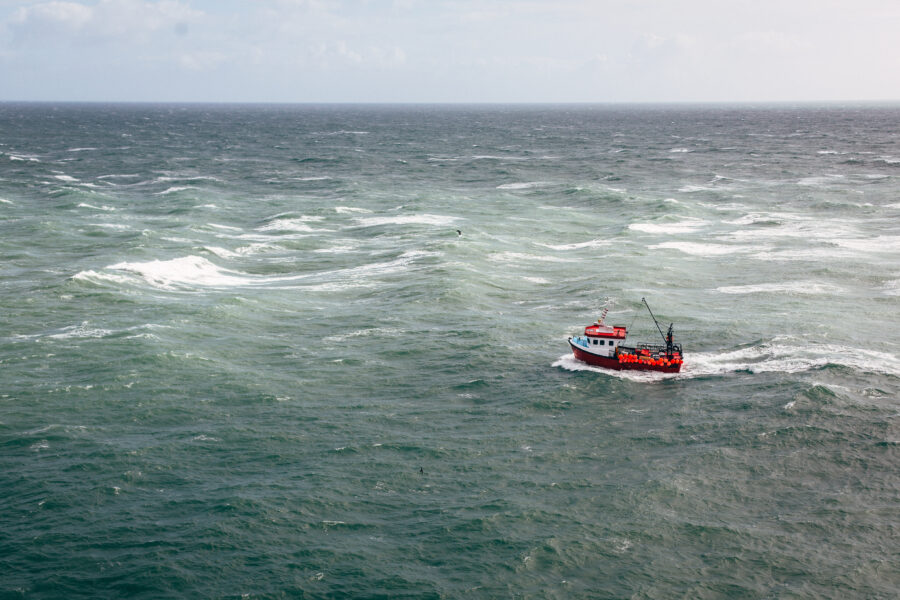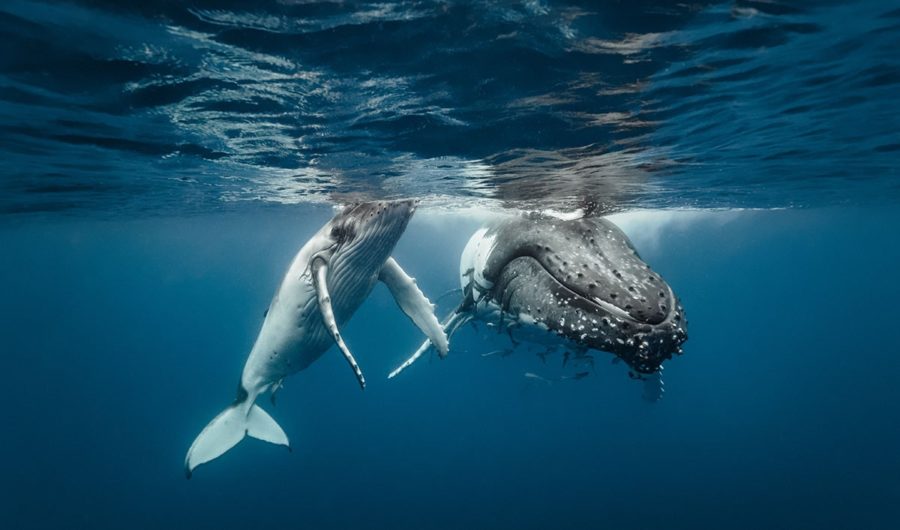High Seas Treaty a safeguard for our oceans

In March, United Nations member states settled on an international legal framework to protect areas of open ocean – the High Seas Treaty.
This came hot on the heels of a decision in December last year by the world’s governments to endorse the groundbreaking 30×30 target, which seeks protection of 30 per cent of the planet’s land and oceans by 2030.
Several decades in the making, the High Seas Treaty will allow Marine Protected Areas (MPAs) to be created beyond national oceanic boundaries. Despite receiving little publicity in the press, the treaty will be crucial in stemming global biodiversity decline. Environmental groups say it will be the essential next step if we are to have any hope of hitting the 30×30 target.
The protection is particularly pressing now, given that 10 per cent of Earth’s marine species are believed to be at risk of extinction, with overfishing, pollution and climate change among the culprits. Oceans also provide much of our oxygen, and have slowed the rate of climate change by absorbing a significant proportion of the CO₂ belched out by humanity since the industrial revolution.
Although most documented extinctions in modern history have occurred on land, exploitation and development of infrastructure in the world’s oceans is accelerating. The rate of loss here is expected to increase rapidly if nothing is done to prevent it.
Two‑thirds of the world’s oceans – accounting for almost half of the planet’s surface and up to 95 per cent of its biosphere by volume – are deemed international waters. Until now, the international legislation governing their conservation has been both limited and widely scattered.
All nations have sovereign rights to an “exclusive economic zone” that extends 200 nautical miles (370km) out from their coastlines. The waters beyond are the high seas, where all nations have the right to sail, exploit resources and conduct research.
“The treaty is without doubt a major achievement,” noted an editorial in the scientific journal Nature. “These parts of the ocean currently have few, if any, meaningful safeguards against pollution, overfishing and habitat destruction.”
To reach the 30×30 target for the world’s oceans, large swathes of international waters will soon need to come under the shelter of new Marine Protected Areas (MPAs). Commercial endeavours might be allowed to continue, but there could be limits placed on damaging activities such as shipping, fishing and deep-sea mining.
Before now, there’s been no mechanism to designate MPAs in the open ocean. Under the treaty, nations may exploit “marine genetic resources” – to be used, for example, in pharmaceuticals, cosmetics or food – but the benefits must be shared, and a proportion of profits put into conservation efforts.
It’s yet to be decided where new MPAs might go, but the waters of the Lord Howe Rise, east of Australia, and the Tasman Sea between Australia and New Zealand are deemed globally to be particularly biodiverse areas of the high seas, meaning our region is a top contender for this new open ocean protection.
Unusually, environmental groups almost unanimously applauded the international agreement.
“What happens on the high seas will no longer be ‘out of sight, out of mind’. The High Seas Treaty will allow for the kind of oversight and integration we need,” WWF’s global ocean governance and policy expert Jessica Battle said in a statement. “We can now look at the cumulative impacts on our ocean in a way that reflects the interconnected blue economy and the ecosystems that support it.”



